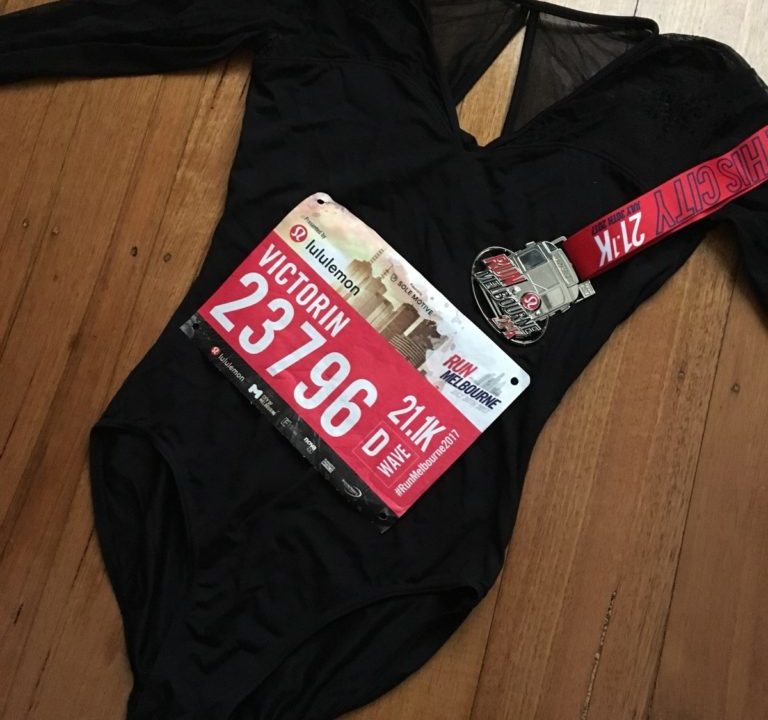
 Alright, confession time. Ballet was not my first love. (Cue the horrified gasps!)
Alright, confession time. Ballet was not my first love. (Cue the horrified gasps!)
My very first love was running. I come from a family of runners. For as long as I can remember, mum and dad have been active runners and hikers. They’re both in their 60s and are still active runners. I love simply lacing up my shoes and run; feeling the wind in my face. (At times, I think I’m running away from the cares of the world!)
As with most runners, I was soon plagued with niggling aches and pains. Chalking up to 50k of running a week tends to have that effect on you. The stiffness in the knee just wouldn’t go away. The little nagging in the lower back. The throbbing shins. I very stupidly wore these as badges of honour.
With the help of my physiotherapist, we narrowed it down to weak glutes and core. She suggested a plethora of activities -planking (painful, boring but quick and effective), yoga or pilates (neither seem to be activities I see myself doing)
And then for some reason inspiration hit – ballet!
Some avid runners around at work look at me curiously at this choice of cross-training but most of them saw the logic behind it.
Do you remember how we’re often told to “wrap our turnouts”? That very simple act strengthens our glutes.
And, how often are told to do a rise-and-balance? That exercise teaches us to use our core to balance forever and a day.
I try to apply corrections given to engage the correct muscle group to execute a step correctly. Seemingly simple corrections lifting the back to create “space” in the back in an arabesque taught me that a correctly-executed arabesque does not strain nor cause pain to the back.
As I progressed through the levels (where balances are done in the center, horrifyingly!), I noticed a remarkable improvement not only to my posture, I noticed how much easier it is to hold my planks. And then, one day, very simply, the aches and pains have disappeared.
Don’t get me wrong, I’m an avid foam-roller for recovery and injury prevention but these frequent strengthening exercises have made me a stronger and faster runner. I’ve noticed how easy it was for me to sail past a 10km run without noticing much fatigue. Without much clinical or medical knowledge to my background, I can only guess that it’s because the proper muscles are supporting me as I run – I no longer depend on my back solely to support me as I pound the pavement.
I’ve also observed continuous improvement in my pace because I simply found it “easier” to run.
I successfully ran my first half marathon last year and I’ve just completed the gruesome inclines-filled 2017 Run Melbourne Half Marathon event. This was truly one of the toughest courses I’ve run but with ballet keeping my fitness level in check, my recovery rate was remarkable.
I have another half marathon this year and I will soon be hanging up my shoes for any future half marathons. Not because I have fallen out of love with running, (I’m still addicted to the runners’ high) but I’ve fallen head over heels in love again with ballet. Again? Yes, stay tuned for my next segment about what it’s like to return to ballet as an adult.
If you’re an avid runner, do consider ballet as a form of cross-training. You’d be amazed by how strong you’d get. The only warning I’d give is that you may be addicted to ballet as I am now. Then again, there are worse things in life to be addicted to 😉
Disclaimer: Always seek medical advice before commencing any form of cross-training or fitness activity.
BY VICKY L – ELANCÉ AMBASSADOR

1 Comment
Totally agree that ballet is a great x-train for running. Although I didn’t start ballet for that reason (I started ballet because I wanted to have a crack at it and have enjoyed it ever since).